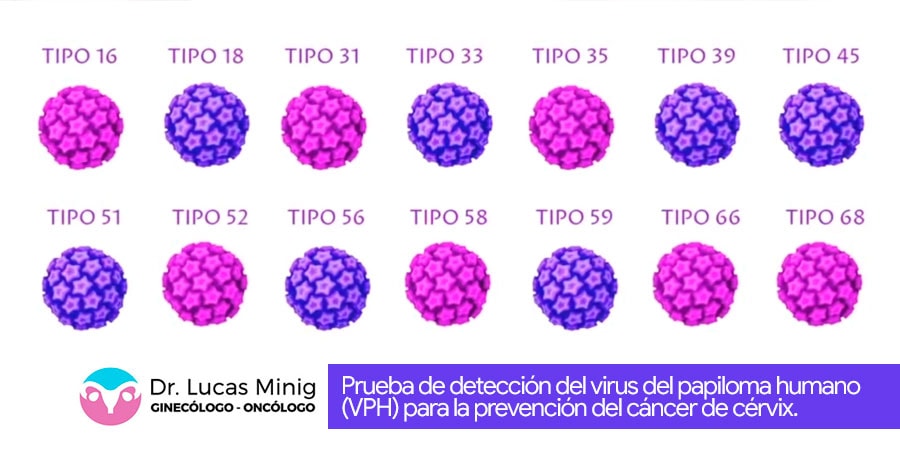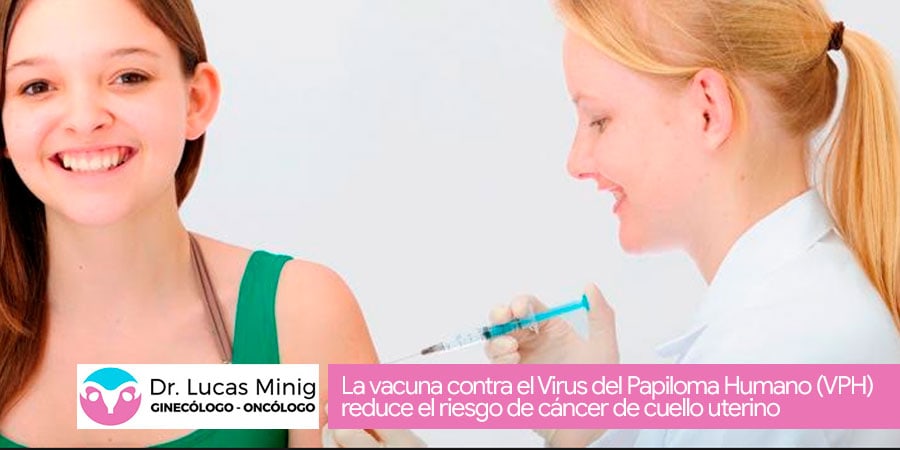![[:es]Vacuna protección contra cáncer de cuello uterino[:]](https://drlucasminig.com/en/wp-content/uploads/vacuna-1-dosis-contra-vph-proteccion-cancer-cuello-uterino.jpg)
Single-dose human papilloma virus (HPV) vaccine offers solid protection against cervical cancer
The meeting held from April 4th to 7th of the WHO Strategic Advisory Group of Experts on Immunization (SAGE) evaluated the evidence that has emerged during the last few years about single-dose regimens providing a comparable efficacy to two to three-dose regimens.
SAGE’s review concluded that a single-dose vaccine provides solid protection against HPV, the virus causing cervical cancer, comparable to two-dose regimens.
This could be a game-changer for the prevention of the disease, given that less doses could save more girls’ lives.
Often known as the “silent killer” and almost entirely preventable, cervical cancer is a disease with access inequity. SAGE’s new recommendation is based on the concerns about the slow introduction of the HPV vaccine in imunization programs and the low general coverage of the population, especially in low-resource settings.
More than 90% of cervical camcer is caused by sexxually transmitted HPV, which is the 4th most common cancer in women all over the world, and 90% of these women live in countries with low and medium incomes.
“The HPV vaccine is highly effective for the prevention of HPV serotypes 16 and 18, which cause 70% of cervical cancer,” said Dr Alejandro Cravioto, SAGE Chair. “SAGE urges all countries to introduce HPV vaccines and prioritize multi-age cohort catch up of missed and older cohorts of girls.” This recommendations will allow for more girls and women to get vaccinated and this prevent the appearance of cervical cancer Estas recomendaciones permitirán que más niñas y mujeres se vacunen y así evitar que tengan cáncer and all its consequences throughout their lives.
![[:es]Vacuna contra virus del papiloma humano[:]](https://drlucasminig.com/en/wp-content/uploads/vacuna-virus-del-papiloma-humano.jpg)
SAGE recommends updating vaccine regimens for HPV as follows:
- One or two-dose schedule for the primary target of girls aged 9-14
- One or two-dose schedule for young women aged 15-20
- Two doses with a 6-month interval for women older than 21.
Immunocompromised individuals, including those with HIV, should receive three doses if plausible, and if not, at least two doses. There is limited evidence regarding the efficacy of a single dose in this group.
WHO Assistant Director-General Dr Princess Nothemba (Nono) Simelela commented, “I firmly believe the elimination of cervical cancer is possible. In 2020 the Cervical Cancer Elimination Initiative was launched to address several challenges including the inequity in vaccine access. This single-dose recommendation has the potential to take us faster to our goal of having 90 percent of girls vaccinated by the age of 15 by 2030.”
![[:es]OMS Virus VPH[:]](https://drlucasminig.com/en/wp-content/uploads/organizacion-mundial-salud-dr-lucas-minig-noticias-medicas.jpg)
Globally, the uptake of the vaccine has been slow, and coverage in countries much lower than the 90% target. Consequently, in 2020 global coverage with 2 doses was only 13%. Several factors have influenced the slow uptake and low coverage of HPV vaccines, including supply challenges, as well as the programmatic challenges and costs related to delivering a two regimen to older girls who are not typically part of childhood vaccination programs. Added to this has been the relatively high cost of HPV vaccines, particularly for middle-income countries.
Dr Simelela continued, “we need political commitment complemented with equitable pathways for the accessibility of the HPV vaccine. Failure to do so is an injustice to the generation of girls and young women who may be at risk of cervical cancer.”
The option for a single dose of the vaccine is less costly, less resource intensive, and easier to administer. It facilitates implementing catch-up campaigns for multiple age groups, reduces the challenges linked to tracing girls for their second dose, and allows for financial and human resources to be redirected to other health priorities.”
[yasr_overall_rating]
Request a consultation with the Gynecologist




